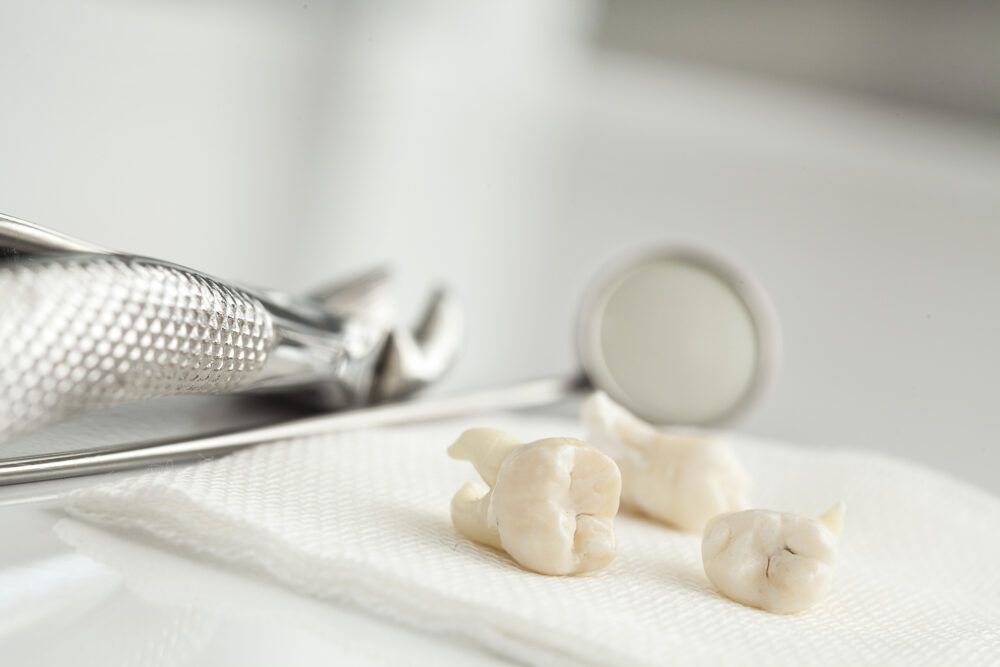Root Canal: Procedure & Risks
Are you experiencing tooth pain? Do you have a damaged or infected tooth that needs attention? Root canal treatment might be the solution for you! While the procedure may sound intimidating, it’s a common and effective way to save natural teeth. In this blog post, we’ll discuss everything you need to know about root canals – from what they are, how they’re done, risks associated with them, and even tips on how to prevent needing one in the first place. So sit back, relax, and let’s conquer the pain together!
What is a root canal?
A root canal is a dental procedure that’s done to treat and save natural teeth that are damaged, infected or decayed. The treatment involves removing the pulp from inside the tooth, which contains nerves and blood vessels. Once the pulp is removed, the inside of the tooth is cleaned and sealed to prevent further infection.
Root canals are typically performed by an endodontist – a dentist who specializes in treating issues with the inner parts of teeth. Before beginning the procedure, your dentist will numb your tooth and surrounding gums with local anesthesia to ensure you don’t feel any pain during treatment.
While root canals have gotten a bad reputation over time due to their association with pain, advancements in dentistry have made them much more comfortable for patients. In fact, most people report feeling little to no discomfort during or after their root canal procedure.
If you’re experiencing severe tooth pain or sensitivity, it’s important to see a dentist as soon as possible. A root canal may be necessary to restore your oral health and avoid further complications down the line.
The procedure for a root canal
When it comes to dental procedures, root canal treatment is often associated with pain and discomfort. However, the truth is that this procedure can actually relieve pain and save natural teeth from extraction.
The process of a root canal begins with your dentist administering local anesthesia to numb the area. Then, they create an opening in the tooth to access the infected pulp inside. Using specialized instruments, they remove the damaged tissue and clean out any bacteria or debris.
Once cleaned, your dentist will fill in the space with a rubber-like material called gutta-percha before sealing it off with a filling or crown for added protection.
While root canal treatment may seem daunting at first glance, it’s actually a relatively straightforward procedure that can help preserve your natural tooth structure and improve overall oral health.
Risks associated with a root canal
Root canal treatment is a common dental procedure that has helped millions of people save their natural teeth. However, like any medical intervention, there are risks associated with it. One of the most common risks of root canal treatment is infection. However, a natural tooth with root canal treatment has many advantages.
During the procedure, your dentist will remove the infected pulp from inside your tooth and replace it with a filling material. Although every effort is made to ensure that all bacteria are removed during this process, sometimes some may remain which can lead to an infection.
Another potential risk of root canal treatment is damage to surrounding tissues such as nerves or blood vessels. This can cause pain, swelling and discomfort in the affected area.
In rare cases, complications such as fractures or perforations in the tooth may occur during the procedure. This can result in further damage to your natural tooth and even require its removal.
While these risks sound alarming, it’s important to remember that they are very rare occurrences and that dentists take every precaution necessary to minimize them. If you’re considering root canal treatment for an infected or damaged tooth, talk with your dentist about any concerns you may have before proceeding with the treatment plan.
How to prevent needing a root canal
Preventing the need for a root canal is possible if you take care of your teeth properly. Practicing good oral hygiene habits can help reduce the risk of tooth decay and infection, which are two common reasons why people require root canals.
Brushing your teeth twice a day using fluoride toothpaste helps to remove plaque and bacteria from the surface of your teeth. Flossing daily also helps to clean between your teeth where a toothbrush cannot reach. Incorporating mouthwash into your routine can help kill any remaining bacteria in your mouth.
Avoid sugary drinks and foods that increase the likelihood of cavities forming on or between teeth. Instead, choose food options that promote healthy gums such as fruits rich in Vitamin C or vegetables like broccoli that protect against gum disease.
Regular dental check-ups with professional cleaning prevent tartar buildup on teeth preventing potential issues like gingivitis which leads to an increased likelihood of needing treatment like root canal therapy.
By taking proper care of your natural tooth, you lower the chances of requiring more invasive treatments like root canal therapy. Protect yourself by adopting healthy habits today!
Alternatives to a root canal
Root canals are not always the only solution for a damaged or infected tooth. There are alternatives that patients can explore with their dentists. One alternative is pulp capping, which involves placing a medicated dressing over an exposed pulp in order to stimulate healing and prevent further infection.
Another option is pulpotomy, which involves removing part of the infected pulp while leaving the healthy portion intact. This procedure aims to preserve the natural tooth structure as much as possible while still addressing the issue at hand.
In some cases, extraction may be necessary if the damage or infection is too severe. However, this should be considered a last resort since losing a natural tooth can have negative long-term effects on oral health and overall well-being.
It’s important for patients to discuss all possible options with their dentist before making a decision about treatment. Each case is unique and requires individualized attention from a dental professional who understands your specific needs and goals.
Remember, prevention is key when it comes to dental health. Maintaining good oral hygiene habits such as brushing twice daily and flossing regularly can go a long way in preventing issues like decay and infection that may require more invasive procedures like root canal treatments.
Conclusion
Root canals are a common dental procedure that is used to treat infected or damaged teeth. While the process may seem daunting, it can ultimately save your natural tooth and provide many benefits in the long run. However, as with any medical procedure, there are risks involved.
To prevent needing a root canal, it’s important to practice good oral hygiene habits such as brushing and flossing regularly and visiting your dentist for regular cleanings and check-ups. In some cases, alternative treatments such as fillings or crowns may be an option.
If you’re experiencing tooth pain or other symptoms of infection or damage in your teeth, don’t hesitate to visit your dentist. With advancements in technology and techniques the dentists are conquering the pain for procedures like root canals have improved significantly over the years. So take comfort in knowing that help is available when needed!


